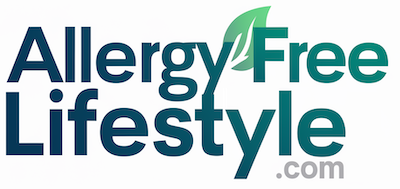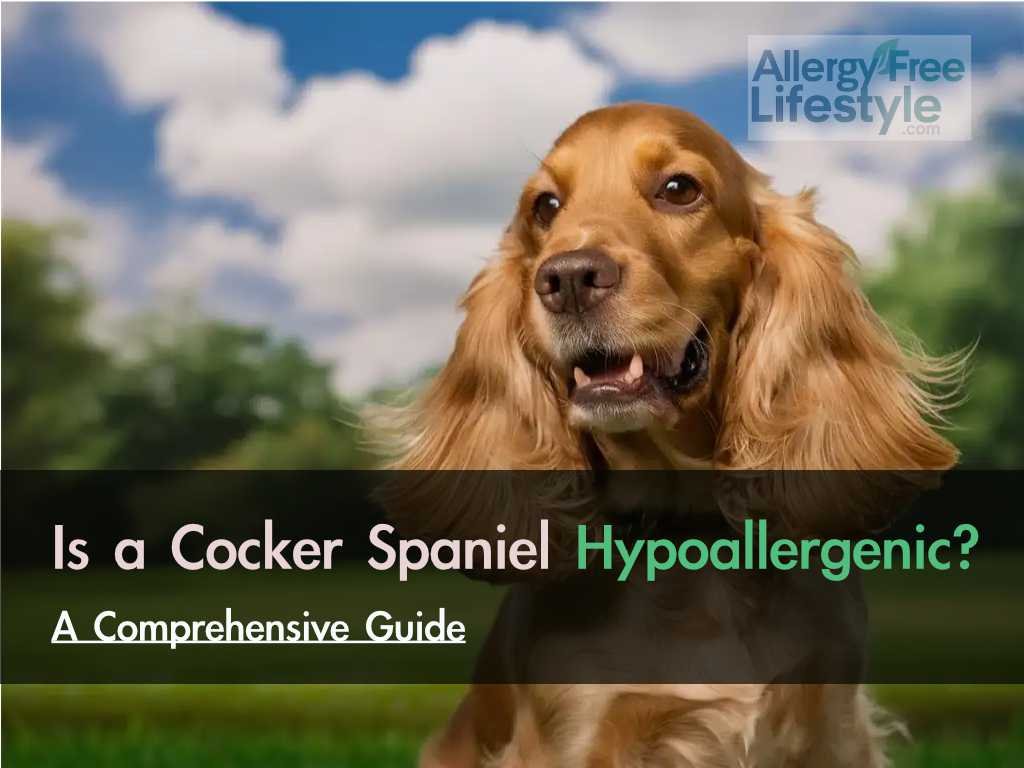Introduction
The allure of designer dog breeds has captivated the hearts of animal enthusiasts around the world, with the Pomsky emerging as a particularly enchanting specimen. This hybrid, a cross between the spirited Pomeranian and the stoic Siberian Husky, boasts an irresistible combination of beauty and personality that has quickly ascended the ranks of popularity. Amidst this growing trend, a critical question arises for prospective pet owners, especially those among the 10-20% of the population battling pet allergies: Are Pomskies hypoallergenic? This guide ventures into the heart of the matter, offering a deep dive into what it means to be hypoallergenic, the specific considerations regarding the Pomsky breed, and practical advice for those looking to welcome these furry companions into their homes without aggravating allergy symptoms.

Understanding Dog Allergies
The True Culprits Behind Allergic Reactions
While the fluffy coats of dogs like Pomskies are often blamed for allergic reactions, the real triggers lie within the proteins present in the dog’s saliva, dander, and even urine. These proteins can latch onto the fur and, when shed, become airborne, infiltrating the living spaces of sensitive individuals and provoking reactions that range from mild discomfort to severe respiratory distress.
Hypoallergenic Dogs: Separating Fact from Wishful Thinking
The concept of a hypoallergenic dog breed is a comforting notion for allergy sufferers longing for canine companionship. However, this term may be misleading, as it suggests the complete absence of allergenic proteins in certain breeds. In reality, all dogs produce these proteins, albeit in varying quantities. Thus, while some breeds may be less likely to trigger allergic reactions due to minimal shedding or reduced allergen production, the quest for a truly hypoallergenic dog remains unfulfilled.
Brief History Of The Pomsky Breed
Emerging from the desire to meld the striking aesthetics of the Siberian Husky with the compact size and vivacious energy of the Pomeranian, the Pomsky has carved its niche in the world of designer dogs. Each Pomsky is a unique blend of its parents’ traits, with coat colors, eye colors, and sizes that can widely vary, making each individual a one-of-a-kind companion.
Pomskies inherit a dense, double-layered coat that experiences seasonal shedding. The volume of shedding and, consequently, the dispersal of allergens within the home can significantly vary, influenced by the dog’s specific genetic makeup. Understanding and managing this aspect is crucial for allergy sufferers intrigued by the Pomsky’s charm.
Managing Allergies with Pomskies
For those determined to make a Pomsky part of their family, adopting comprehensive grooming routines and environmental control strategies can be transformative. Regular brushing, coupled with frequent baths, can minimize the presence of allergens. Enhancing indoor air quality with HEPA filters and maintaining cleanliness through vacuuming and washing pet accessories can further reduce allergen levels.

Prospective Pomsky owners with allergies should prioritize personal interaction with the breed to assess their tolerance. This proactive approach can prevent the heartbreak of incompatible pet ownership and ensure a harmonious relationship between the Pomsky and its human family.
Are Pomskies hypoallergenic – The Conclusion
Unfortunately, Pomskies are not considered hypoallergenic. While they may shed less than their Husky parent, they still possess a double coat and shed seasonally. This means they produce dander, which is the primary trigger for allergic reactions in individuals with pet allergies. The dander can stick to their fur and easily become airborne, causing symptoms like sneezing, itching, and watery eyes.
What makes a dog hypoallergenic?
The term “hypoallergenic” refers to dogs that are less likely to provoke allergic reactions, typically due to factors like reduced shedding or lower production of allergenic proteins. However, no dog is completely free of allergens.
Can grooming reduce Pomsky’s allergen levels?
Yes, consistent and thorough grooming can significantly decrease the amount of dander and hair, which are primary carriers of allergens, thereby reducing overall allergen levels in the home.
Are there hypoallergenic dog breeds?
While certain breeds are touted as hypoallergenic due to their shedding patterns and allergen production, it’s important to remember that individual reactions can vary. Allergy sufferers should consider personal exposure tests to identify their compatibility with specific dogs.



